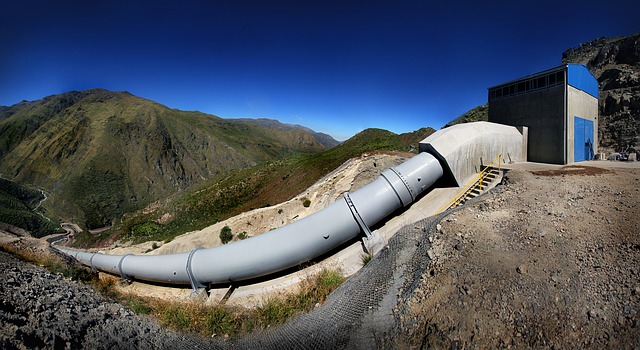
The principle of a pumped hydroelectric plant (the abbreviation PVE is well-established) is that this sophisticated device can store power in times of surplus, mainly at night, outside the so-called energy peak. In fact, PVEs are the only source of generation that can store power for long periods of time and supply it to the grid whenever it is needed.
Interestingly, the importance of PVEs increased after the operation of nuclear power plants. Although nuclear power plants are the most powerful source of generation, they cannot cover the fluctuations in the power grid during peak periods of overconsumption. Pumped storage plants pump enough water (potential energy) into the upper reservoir during the night and use it very flexibly for peak power generation. [The main advantages of PV plants are their ability to respond very quickly (instantaneously) to fluctuations in the power grid, the great simplicity of plant operation, and, above all, their very long service life, estimated to be several hundred years. Of course, PVE has its drawbacks. These special technological facilities can only be built in selected locations with high topographical elevations. The construction itself is also very difficult and costly.
A pumped storage plant consists of an upper reservoir and a lower reservoir, between which water flows in pressurized steel pipes (feeders). The feeders are equipped with balancing chambers that react to the hydraulic impulses generated by the movement of the water column. There are two types of power plants: those with no (artificial) natural inflow water in the upper reservoir and those with so-called mixed reservoirs. This is basically a dam with natural water inflow (rivers, streams), where the lower reservoir also serves as a balancing source. Such a power plant is, for example, PVE Daleciche.